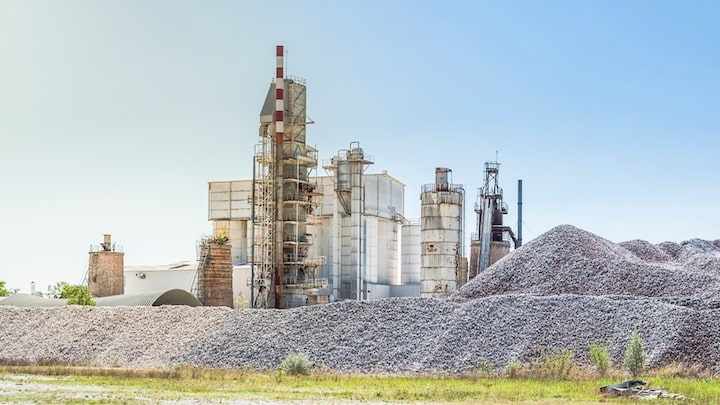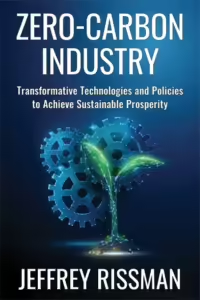China Halts U.S. LNG Imports Amid Tariff War
China has ceased importing liquefied natural gas from the United States since early February, as the ongoing tariff war impacts energy trade.
Current Access Level “I” – ID Only: CUID holders, alumni, and approved guests only
The steel and cement industries are enormous and vital components of the global economy. Together, they account for roughly 16% of global greenhouse gas emissions. If the cement and steel industry were a country, it would be the third largest emitter. Both industries are referred to as “hard-to-abate” sectors because of the perceived challenges in reducing their carbon emissions.
But innovations in technology and policy are changing the way experts look at these industries, opening new doors to decarbonization strategies. They’re also causing new rifts in global trade relations, as countries vie for dominance over emerging low-carbon solutions.
What are the best strategies for decarbonizing the steel and cement industries? How much progress have we made? And how is the emerging low-carbon steel and cement trade reshaping international relations?
This week host Jason Bordoff talks with Chris Bataille about the prospects for decarbonizing the steel and cement industries.
Chris is an adjunct research fellow at the Center on Global Energy Policy, where he studies technology and policy pathways to net zero, with a focus on industrial decarbonization. He is an associate researcher at the Institute for Sustainable Development and International Relations and an adjunct professor at Simon Fraser University. He was also a contributing author to the IPCC 6th Assessment Report.
It’s hard to overstate how consequential President Trump’s “Liberation Day” tariffs have been for American economic policy. While the administration has paused the steep reciprocal tariffs it announced...

In energy policy circles, the word “resilience” often refers to future-proof systems or infrastructure designed for the transition away from fossil fuels. But resilience means something different to...

The European Union’s energy landscape is transforming rapidly, as the bloc works to reduce emissions, lower energy prices, and decrease dependence on Russian fuel—three goals proving to be...

Across America, energy policy is often driven by short-term politics over long-term planning. Despite record-breaking U.S. oil production in recent years, partisan battles continue over fossil fuels and...

This Energy Explained post represents the research and views of the author. It does not necessarily represent the views of the Center on Global Energy Policy. The piece...

This report explores financial policy instruments that can make first-of-a-kind (FOAK) near-zero emission industrial facilities viable.

The following document includes the responses submitted to the Department of Energy following the request for information on proposed national definition of a zero emissions building.

The power sector and transportation tend to dominate conversations about climate change, but there’s an under-the-radar source of climate pollution that must be addressed: industry.
